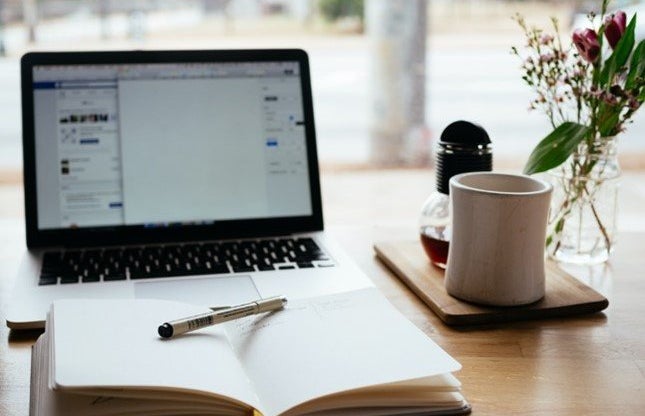Put simply, an art journal is a notebook, of any size, that is filled with your own doodles, paintings, thoughts, scrapbook and anything else that you deem to be fun to make and important to you. For artists, doodlers and sketchers alike use art journals as a way to experiment, practise techniques and help with artists block, but there are many other uses for such a journal: one of the main ones being to help your mental health.
There are so many reasons for looking after your mental health, most of them pretty obvious, and there are an equal number of reasons for choosing art journaling as a way to channel and work on your mental health.
Firstly, the element of freedom art journaling can give can be great for the mind. Giving yourself the freedom and rights to create as you see fit, combining colours and textures in whatever way you desire, can help to dissolve the worries and issues of the day. When struggling with our mental health it can feel like things are simultaneously spiralling out of control becoming extremely restricted. Journaling gives us an escape from this turmoil: if things are feeling chaotic, maybe representing these feelings through an abstract painting might help, of if you desire more order you could try completing a precise line drawing with lots of intricate shapes and shading.
You can use your art journal, not just as a purely art space, but as a place to write down thoughts and feelings like a traditional journal or diary. For me, when it comes to bad days or negative feelings, I like to write down everything on my mind and then rip it all up and stick it into my journal is a random, messy order. I can then go in with paint and other mediums to make it look however I want. This is a great exercise for when you want to be reminded that while negative feelings are of course valid, but that they are also temporary, and don’t define you or your worthiness.
Studies show that dabbling in the arts, and allowing oneself to be creatively free can relieve stress and help work through mental health issues, whether fleeting or more long term. Similarly, working with different colours can change people’s moods, working with blues may be calming, or sometimes sombre, working with warm tones can be cosy and inviting, or even anger depending on someone’s mood. One thing I did recently was ask some close friends, and my extended friendship circle via Instagram what colour I reminded them of as an exercise of self-awareness and creativity. I was a range of colours to different people, orange, turquoise, light purple, but it reminded me that you can mean many different things to different people, and I took comfort in that.
If you think art journaling might be something you want to get into, for mental health reasons or otherwise I suggesting looking into Berber Van Gorp, The Unexpected Gypsy, and Johanna Clough for advice, supply lists and just general inspiration. All you need to get going with a project like this is a notebook and a utensil of choice – so get stuck in!


